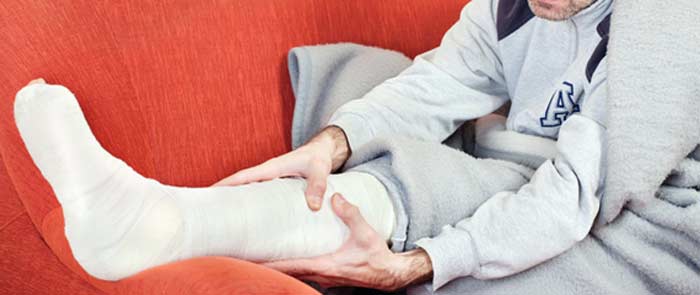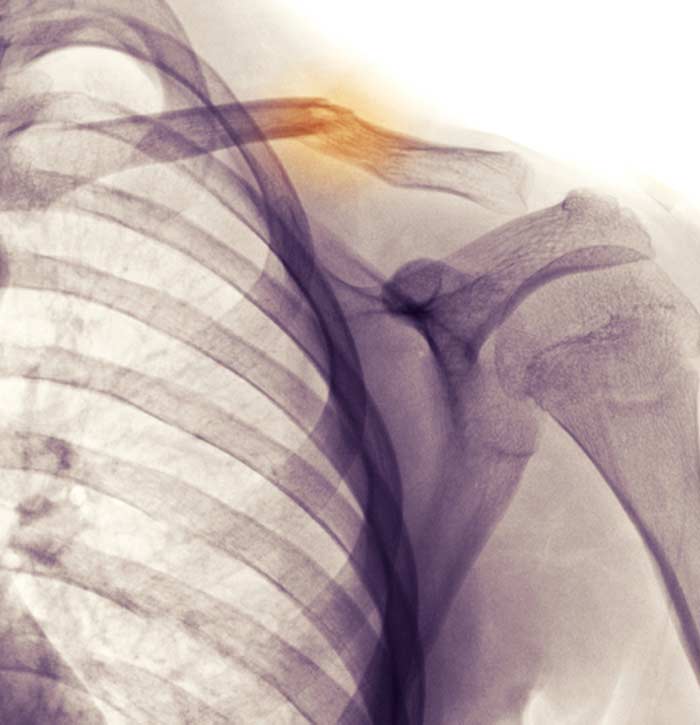
According to the National Safety Council, a worker is injured on the job every 7 seconds, which amounts to more than 4 million workplace injuries per year. Some people associate on-the-job injuries with manual labor occupations such as construction or manufacturing.
While it is true that such jobs tend to produce more workplace injuries, office workers can be just as susceptible to certain types of on-the-job injuries.
Strained Muscles
Work-related muscle strains often occur when workers’ job duties include regularly lifting heavy objects. Back and neck strains are also frequent occurrences, especially with jobs involving repetitiously performed tasks. Neck and back muscles can also become strained from jobs requiring forward leaning, regular phone use, or the need to turn the head or torso.
Soft Tissue and Joint Problems
Performing repetitious tasks can also affect the muscles, tendons, and ligaments that support joints throughout the body. With office work, repetitive strain injuries (RSI) may affect joints in elbows, wrists, hands, shoulders, and different parts of the cervical (neck) or lumbar (lower) spine. Knees and ankles may be affected by RSIs with occupations requiring frequent standing or walking. Workers may experience relief by:


- Correcting poor posture habits
- Using anti-inflammatory medications
- Doing stretching exercises
- Taking frequent breaks
- Applying ice or heat to the affected area
- Getting regular exercise when not working to strengthen joint-supporting soft tissues
Carpal Tunnel Syndrome
Office workers, bakers, baggage handlers, meat packers, and cashiers are among the types of workers who may develop carpal tunnel syndrome (CTS). Resulting from pressure on the median nerve that spans the entire length of the arm, CTS is an on-the-job injury that may cause pain and/or numbness and tingling sensations in the hand, wrist, or arm. When detected early, splinting, bracing, steroid injections, and modifying activities may help. If symptoms are severe, a surgical procedure known as a carpal tunnel release may be performed.
Cuts, Lacerations, or Punctures
Injuries of this nature can range from minor cuts and scrapes to serious cuts, lacerations, or abrasions. It’s the more serious injuries that could cause underlying damage to soft tissues and nerves. If this is the case, surgery may be necessary to repair tears or correct nerve damage.
Spine-Related Issues
Lower back pain (LBP) is one of the most common work-related medical complaints. It’s a problem that often develops over time, although slips, trips, and falls can also result in spine-related injuries. Minor aches and pain are sometimes due to over-stressed muscles around the spine. Lingering spine pain may be linked to herniated discs, compressed nerves, slipped vertebra, or spinal fractures.
Crashes, Collisions, and Other Types of OTJ Injuries
Jobs that involve the use of company vehicles, trucks and other large vehicles, or equipment like forklifts sometimes result in accidental crashes or collisions. Related on-the-job injuries experienced may include whiplash, spinal disc damage, spinal cord injuries, or damage to joints or soft tissues. Workers are also sometimes affected by or injured from:
- Falling objects
- Toxic chemical exposure
- Loud noise exposure
- Walking into objects
Some on-the-job injuries are unavoidable accidents, but many are largely preventable to some extent. Lower back pain stemming from prolonged sitting, for example, may be minimized by making an effort to take periodic breaks or using an adjustable sit-to-stand workstation. Bending at the knees to lift objects and not at the hips or waist may also prevent some types of work-related injuries, as can properly using ladders, being cautious with slippery surfaces, and adhering to workplace safety guidelines.
